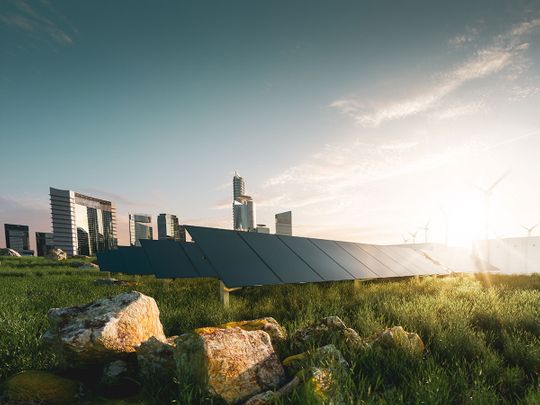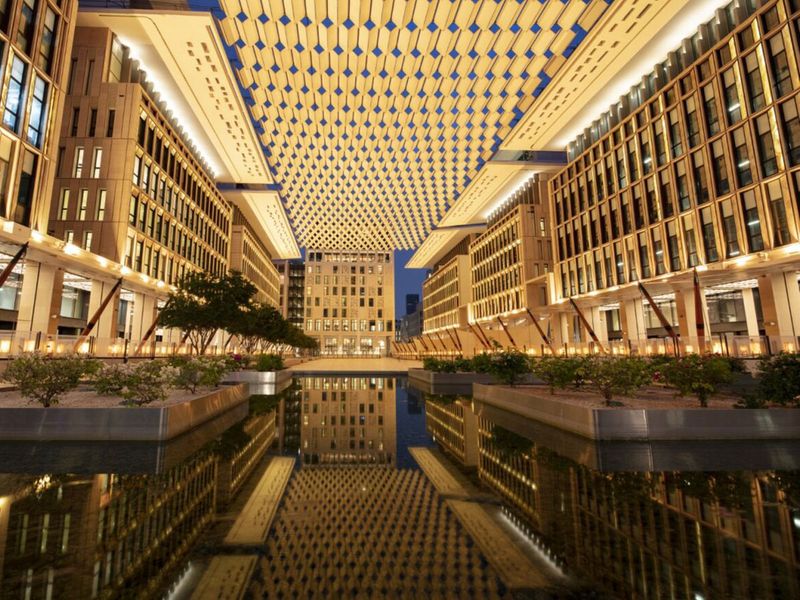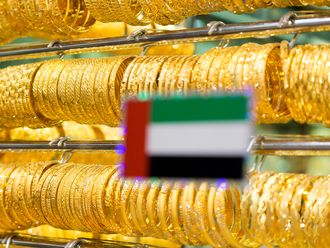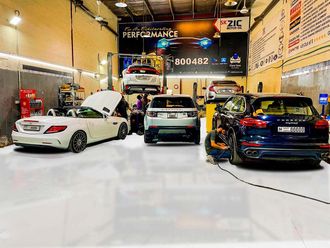
The summer gone by had seen unprecedented heat waves sweeping the globe. Images of wildfires destroying villages and towns across the Northern Hemisphere – from Greece to Hawaii – must be seen as a sign that we need to do more to limit our impact on the natural environment.
From an architectural perspective, there are lessons that can be drawn from parts of the globe that are accustomed to living with extreme heat in the summertime.
July 2023 was declared the hottest month ever recorded on earth, and the UN Secretary-General, Antonio Guterres declared this year to be the ‘era of global boiling’. There is also a suggestion that Nordic nations are set to become the next European holiday hotspots, as more traditional destinations turn simply too hot in the middle of the summer.
Of course, escape to cooler climes is not always possible, and for many, learning to adapt to more extreme heat will soon become a part of life. Qatar and our neighbouring countries have long been accustomed to living with high temperatures. Across the region, we have developed the way we think about cities, and our building designs are consequently adapted to more extreme temperatures.

As building practises advance, new materials are developed, and more consideration is given to mitigating intense heat. What has been done for thousands of years in the MENA region can serve as a blueprint across the globe for how to tackle this issue in the future.
Harness that wind
We use what we have in abundance. That means drawing on the winds that blow from the Gulf and capturing sunlight to be converted into power. We use light-coloured external material, including local limestone, to bring down the internal temperatures of many of our buildings.
We also use eco-friendly materials, thicker walls to retain cool temperatures inside for longer, and heat-isolating glass that prevents heat loss and keeps internal temperatures lower, resulting in the use of less energy for cooling.
We also adopt traditional cooling practices. In many smart cities in the region, streets are oriented to capture cool breezes and buildings are massed to shade one another.
‘Barajeels’ are an ancient cooling system common to many traditional buildings throughout the region. They funnel hot winds from the outside, to the lower floors of the building, where the air is cooled naturally, and released inside. So long as the wind is blowing – which it often is during the summer – the airflow will naturally keep occupants cool inside.
Another established approach is the use of high-dome roofs, another common sight in the region, which helps shade the rest of the building, providing a natural cooling aspect when the sun is shining.
Using a ‘natural’ resource
We work hard to make the most of the natural resources we are given – which includes the sun. For example, the buildings of a new sustainable city in Doha are fitted with over 6,400 rooftop solar panels to provide onsite energy generation and 1,400 solar panels to secure hot water, which generate around 30 per cent of power for many buildings.
We also use built in water systems for the reuse of water, smart irrigation to save water, and sustainable materials to reduce electricity consumption. All these systems are costly to implement initially, but the operational cost over the mid- and long-term is much less, with fewer and lower bills, more profitability, and a lower impact on our precious natural environment.
There are many more buildings around the city that also draw upon our abundant sunshine resource to help keep the lights, and air-conditioners, on.
The devastating scenes from across the Northern Hemisphere this summer have shown us we all need to rethink how we are living with nature. By adopting the practices used for thousands of years in parts of the world accustomed to the heat - as well as the latest in technology - we can better start to live with the more extreme environment that is becoming the norm.
At the same time, each one of us has a responsibility to live more sustainably, and in time, mitigate the impact that civilisation has had on the natural world.









